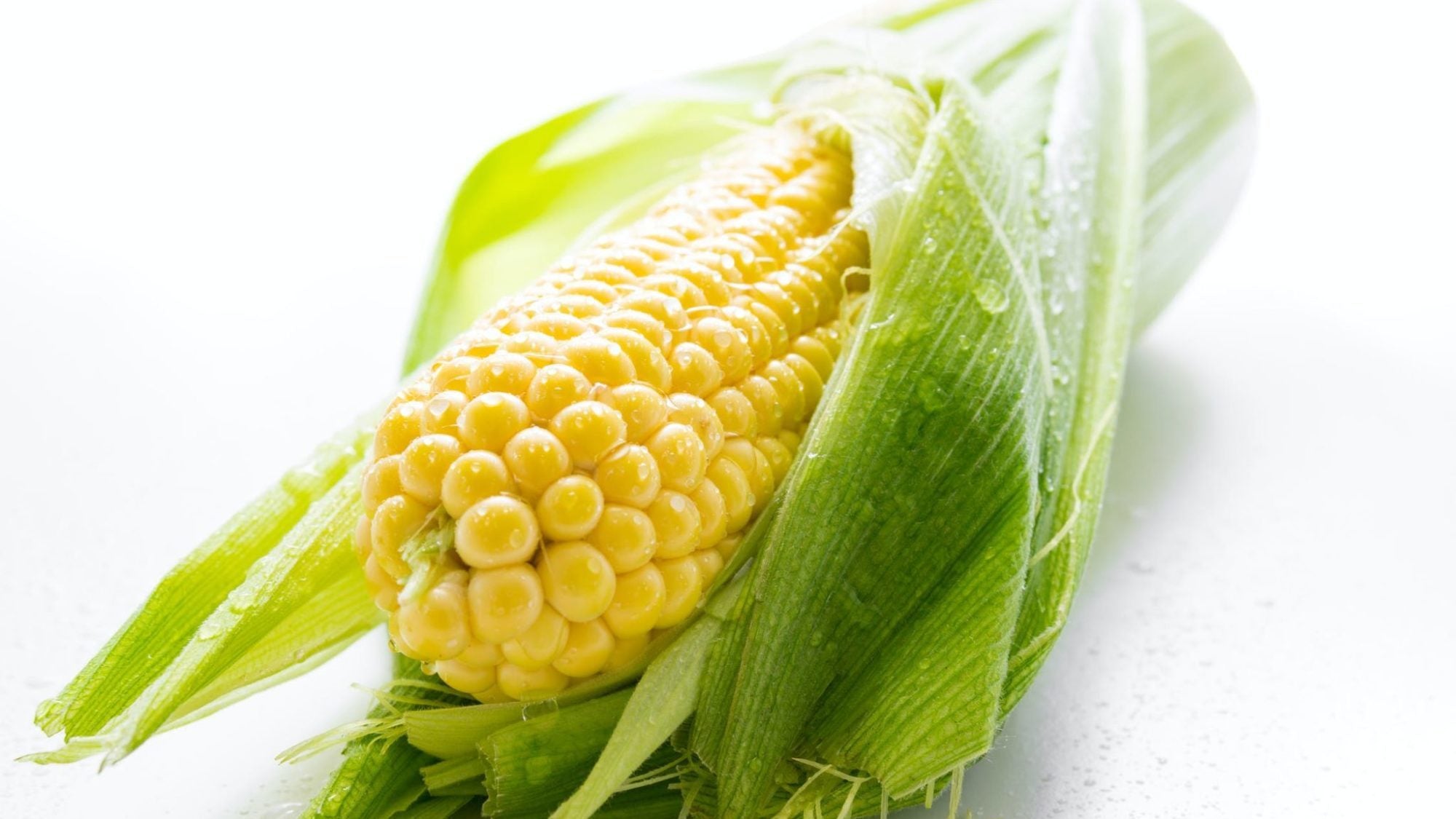Is Soluble Corn Fiber Keto?

Or maybe you've seen it on the label of your favorite keto ice cream brand, and you're wondering what it is.
Or maybe you've heard terms like soluble corn fiber, as well as others like maltodextrin and digestion-resistant maltodextrin, and now you want to set the record straight.
Whatever your reasoning, we've put together this guide to help you understand what soluble corn fiber is—and what it isn't. You'll learn how it impacts ketosis, as well as how to get more fiber into your diet, and why that's very important.
What is Soluble Corn Fiber?
Soluble corn fiber (SCF) is a maize-derived fiber source related to high-fructose corn syrup [1].It is most commonly used as a sugar replacement in prepared foods and beverages, such as cereals, baked goods, frozen foods, and salad dressings [2].
SCF has been around since 2007, and has become wildly popular with the advancement of low-carb diets like keto, Atkins, and paleo. If you eat low-carb desserts, there's a good chance you've had soluble corn fiber before.
Because diets like keto take into account net carbs—a calculation of total carbs minus fiber and sugar alcohols—a supplement or replacement sweetener like SCF can be very useful.
How is Soluble Corn Fiber Made?
Soluble corn fiber is made by adding heat and acid to regular high-fructose corn syrup.This rendering-down process helps burn off many of the sugar compounds found in traditional HFCS. The final product contains only one type of saccharide (another term for sugar) [3].
This is why SCF is much lower in carbs than traditional high-fructose corn syrup, and why it also contains way more fiber [4].
Digestion-Resistant Maltodextrin vs. Maltodextrin
Another term for soluble corn fiber you might hear is digestion-resistant maltodextrin (DRM).This can be confusing because maltodextrin is another term you might see on food labels from time to time.
Here's a breakdown of the two:
- DRM, as discussed above, is a corn-derived fiber-rich sweetener.
- Maltodextrin is also an artificial sweetener created from a similar process, often used in the creation of supplements and spices.
- Maltodextrin, unlike DRM, is frequently used as a quick way to fuel endurance athletes in products like sports performance gels [5].
- DRM has no calories; maltodextrin has the same amount that sugar does [6].
Soluble Fiber vs. Insoluble Fiber
As you probably know, fiber is a very important nutrient. It lowers blood pressure, keeps your digestive system healthy, and helps regulate your appetite, among other things [7].You may not know, however, that there are two types of fiber: soluble and insoluble fiber.
The main difference between soluble fiber and insoluble fiber is that soluble fiber dissolves into water [8].
Because of this, soluble fibers don't get digested by your small intestine. Instead, they're fermented by the gut bacteria in your large intestine. Examples of soluble fiber foods include oatmeal, apples, various types of bran or barley, and soluble corn fiber [9].
Conversely, insoluble fibers (also sometimes called "roughage"), cannot be fully digested by your gut. They help foods pass through your intestines, and make it much easier for your body to eliminate waste [10].
They're found in foods such as beans, whole grains, and nuts.
It should be noted that many of the foods we eat contain both soluble and insoluble fiber, and that we need some of each to stay healthy.
What are the Health Benefits of Soluble Corn Fiber?
Here are some of the health benefits of soluble corn fiber:- It helps you stick to the keto diet. Ingredients like soluble corn fiber can make eating some of your favorite foods that would normally be off-limits (like ice cream or protein bars) possible without knocking you out of ketosis.
- It can help you get enough fiber. As already mentioned, fiber is an essential nutrient that serves many functions in your body. In fact, it is one of only 5 nutrients mentioned as a daily requirement in the USDA Dietary Guidelines for 2015-2020* [11].
- It’s a prebiotic. You may have heard of probiotics before, but SCF is a prebiotic. This means they help feed your gut bacteria and continue to keep it healthy [13].
- It can potentially promote bone health in women. SCF has also been shown to improve calcium retention, which may help prevent bone loss as you age [14]. This is particularly important for women, who are at a much higher risk of dealing with bone health issues later in life [15].
Is Soluble Corn Fiber Keto?
Because it won't spike your blood sugar like normal sugar or maltodextrin, it's safe to say that SCF is keto.However, keep in mind that some studies have shown the body can have an insulin response to anything sweet-tasting, even if it doesn't contain sugar [16].
This could, at least in theory, impact ketosis.
Therefore, it's best to use SCF in small amounts at first to see how your body responds to it. If you have an at-home ketone measuring kit, it might be helpful to check your ketone levels after using it.
Keto-Friendly Foods with High Fiber
If you're looking for other keto-friendly foods to boost your fiber intake (remember, most people are sorely lacking in this area), try eating more:- Cauliflower
- Coconut
- Cabbage
- Mushrooms
- Low-carb berries (strawberries, blueberries, raspberries)
- Avocado
- Chia seeds
- Nuts
- Green vegetables like broccoli, kale, and spinach
(Note: don't overdo it; if your body isn't used to all that fiber, you might have some gastrointestinal issues at first. It’s best to build up gradually over a couple of days.)
High-Fiber Keto Recipes
Want some easy and tasty ways to incorporate more fiber into your keto diet? Here are some delicious recipes we recommend:- Roasted Broccoli with Garlic and Parmesan
- Cauliflower Fried Rice
- Avocado Steak Salad
- Sausage-Stuffed Mushrooms
-
Posted in
Authority Article, Low-Carb Diets, Nutrition, Nutrition Article, Starting Keto, Weight Loss




